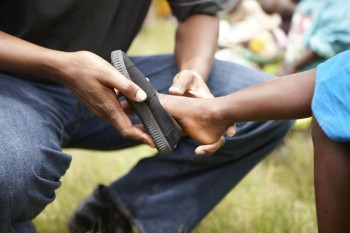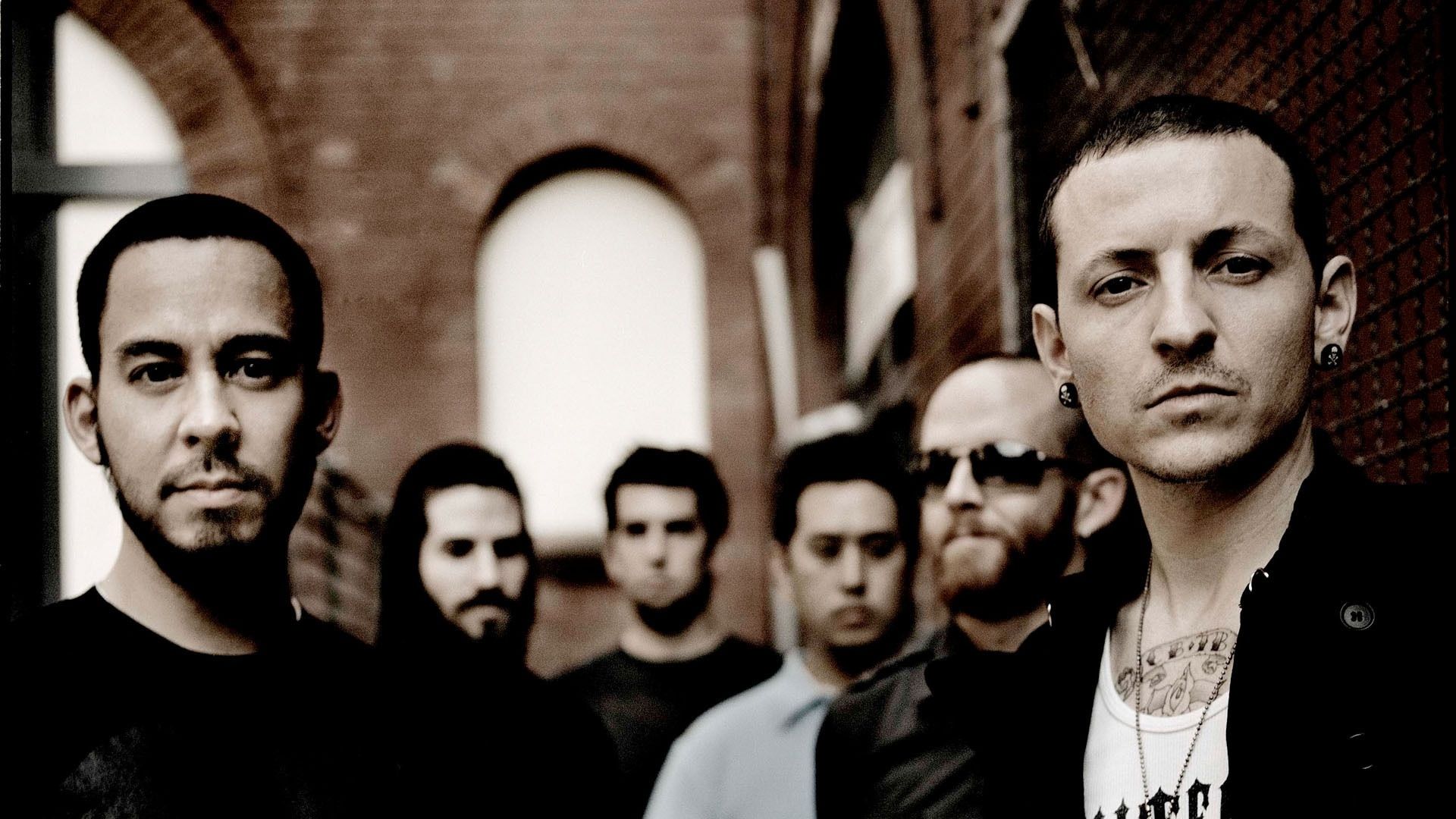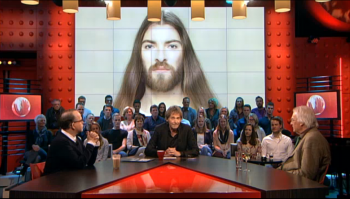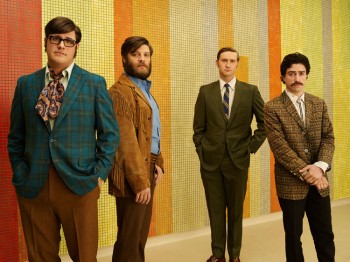
Sad sells. Sad means serious business. And serious money. My advice to you all: add sad to your ad. You’ll be lost without it.
Last year I got briefed on a fundraising program for the Princess Margriet Foundation. Oh, you’ve never heard of it? Of course you haven’t. It is a subdivision of The Red Cross. The foundation is able to prevent the necessity of the aid provided by that very mother institution. By preventing disasters. You see, after years of observation and experience, we can quite specifically predict where and when the next flood, storm or plague will come rambling. Haiti will get its next earthquake.
With only one tenth of the budget of The Red Cross, The Princess Margriet Foundation is able to prevent nature’s violence from turning into natural disaster. By building bridges, safe spots and alert systems with local means and local manpower. Their work saves 90% of emergency aid funds and – more importantly – human lives. The main reason you’ve never heard of them? They don’t sell sad. They are the carrier of good news. Hope. Happy faces. And people just don’t get the point of spending money on avoiding the next apocalypse. To grab their wallets, they need pictures of moms crying over their babies’ corpses.
If all is well, you will not sell. That is the reason brands add sadness to their propositions. Like Tom’s shoes: with every pair you buy, you are helping out a helpless person somewhere in the world. Who and how exactly remains vague but who cares? Somehow a small amount of sadness is banished. Sales go up. Everybody happy.
All right then. But that is Tom’s. The product proposition is inherent to charity: you buy one, you save one. Yay for Tom’s. It benefits directly. But what if the link to “sad” in indirect? What if a brand uses sadness without selling? Like Vodafone going all the way to bring you to tears over a deaf girl hearing a concert for the very first time. The key question is: WHY? Yes. Exactly that. They all need a WHY.
Simon Sinek told them so. Sorry – sold them so. “Do you know your Why? The purpose, cause, or belief that inspires you to do what you do. Simon Sinek’s online Why Discovery course can help you learn and live your Why!”. I make a living out of it these days. Writing whys for companies. Or brand stories. Or manifestos. Or purposes, as you please. I know. It’s sad. I sold my soul ages ago…
So today tomato juice companies believe they are spreading the love, insurance companies claim that they are basically caretakers, vacuum packed smoked sausages are sold for the sake of family values. And following Sinek, the WHY is one thing. Next is the HOW and the WHAT. Resulting in films, movements and complete foundations that prove the newborn brand promise of Always or Dove or Ditzo.
I hold Sinek personally responsible for the branded mess he made. Tomato juice was never born out of love. It came to life out of the opportunity someone saw in smashing overripe (unsold) tomatoes, adding water to them and sell the result as juice. It is highly profitable and doesn’t even taste that bad. Is moneymaking the main goal? Yes. Is that bad? Maybe. Or maybe not.
Before Sinek sold whys to butchers and bakers, there was another business guru. I would like to quote him here. His name is Ruud Lubbers. From 1982 to 1994 he was the conservative Christian Prime Minister of the Netherlands. He once stated: “Companies employ people that feed their families.” I used this proclamation often to convince my left-wing family (and myself) that turning to the field of commercial marketing is not that despicable.
Brands are companies employing people that feed their families. They are the why behind the growth and profit and eagerness to expand the export of tomato juice. We can employ more people, and give them a raise so they can take even better care of their families.
So there’s the generic WHY. Grow out of good. Not out of greed. More money means more jobs. Now go and grow… tomatoes. Grow and be good.
But we can’t all have the same why! Well, we can, actually. But to distinguish the one tomato juice from the other, we build brands. And we follow Sinek in thinking the difference lies in the whys. Therefore, even if there is no ’real’ need to enter the field of sadness, we keep on doing it. Not for reasons of product propositions but rather for brand positioning.
I believe we can discern three reasons for companies to believe they need to add sad to their brand strategy.
Firstly, they use sad for compensation. McDonalds offers shelter to the homeless at night, to compensate for the fact they are poisoning us on a structural base. Dubai functions as the biggest provider of emergency aid solutions (manpower, logistics, tents, blankets, etc.). They do it for free. And meanwhile compensate for their capitalism (so they can still call themselves true Muslims). They also create an international relationship of gratitude, emotional debt and dependence. In both cases, sad is used to broaden people’s perception.
The second way is to use sad as a cover up. Dutch insurance company Ditzo is totally into caring and giving; they support their local ZOO and even donated one million euros to child cancer research. One million! A great way to cover up for the fact that they (or ASR, the company behind this insurance label) still owe Dutch citizens 7.2 billion euro since the ’stretching policies’ (woekerpolissen) affair (2011).
Three. I suppose the final reason to get your brand involved with infinite sadness is…because you care. I haven’t come up with proper examples yet, but I know I will. Some day.
Care. Cover-up. Compensation. The three C’s for building a brand sad-style. Without direct ROI.
I believe we can never discover the true C behind branded sadness. I could say that Dove really cares and you would hand me a study proving it was compensation or even a cover-up after all.
One C is for sure: there will be Conversation! And that is exactly their point. The ’be good and tell about it’ movement, it’s sometimes called. You stage your care. You spread the footage.
The Slovenian philosopher Slavoj Zizek visited Amsterdam a few weeks ago. He stated there would be no charity left if it wasn’t for the chance to brag about it. We need an audience. We yearn to be noticed. Talk about sad…
But here’s a Zizek-fan’s suggestion for all of you Sinek-fans out there. Don’t go for the ’Be good and tell about it.’ Go for the ’Be good and be told about. Or not.’
Make your actions count. And let others do the talking. Or not. Either way, don’t make case videos out of it. Be humble. Maybe you’ll reach the Ronaldo-effect. You remember it: last year a sick kid asked him for a T-shirt and Ronaldo enclosed 83.000 US Dollars for a necessary operation. Apparently, Ronaldo does this frequently. Quietly. It makes it more difficult to dislike him now, doesn’t it? Sad sells. Sad, isn’t it?
Talk on ’the purpose of purpose marketing’ for the Dutch Account Planning Group
http://www.amsterdamadblog.com/columns/sad-sells/





 There it was again: the opening article of our Dutch ad blogs was guided by a picture that looked like it was promoting mediocre
There it was again: the opening article of our Dutch ad blogs was guided by a picture that looked like it was promoting mediocre